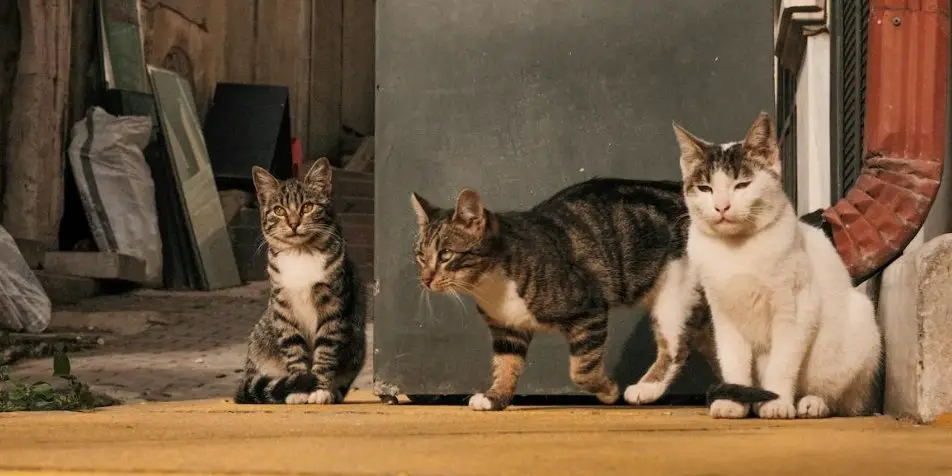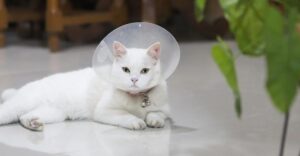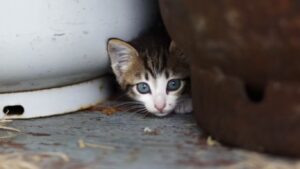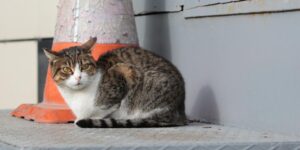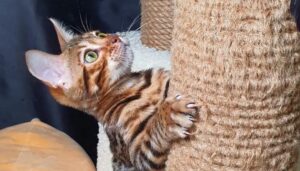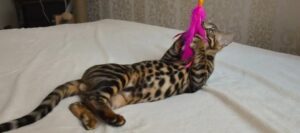Are you curious about what happens to your female cat behavior after mating? Get ready to dive into the fascinating world of feline post-mating behavior!
From restlessness and increased vocalization to heightened affection and excessive grooming, discover the intriguing transformations your feline companion may undergo.
Let’s get started!
The Mating Process in Female Cats
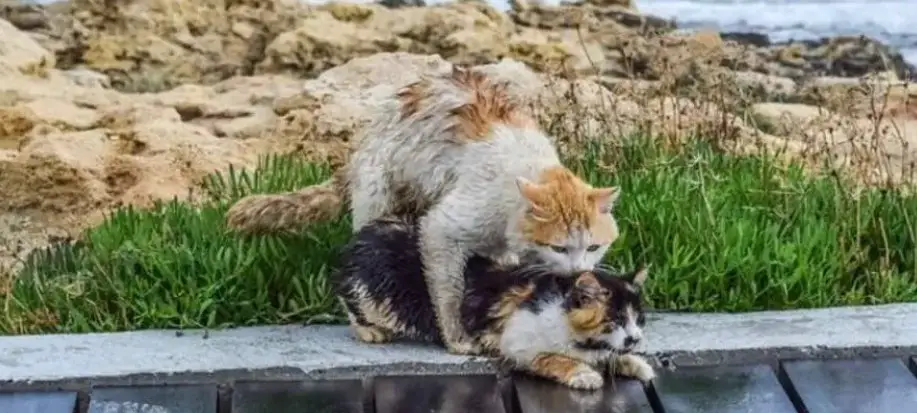
Female cats engage in an interesting and captivating procedure during mating.
When a female cat achieves sexual maturity, she experiences what is known as estrus, or being in heat.
She makes a variety of physical and behavioral adjustments during this period to draw in male cats.
These alterations include a characteristic posture known as lordosis, restlessness, and an increase in vocalization.
During mating, the male cat will typically bite the female’s neck to secure his position.
When mating successfully, the female may start building her nest in order to get ready for a possible pregnancy.
When a tom and queen mate, the latter becomes pregnant and gives birth to a brood of cute kittens after a gestation period of roughly sixty to seventy-five days.
Related: Female cat in heat behaviors.
Female Cat Behavior After Mating
Female cat behavior after mating varies from cat to cat, however, there are still some common behaviors that most female cats may exhibit after mating.
You should always monitor your female cat’s behaviors after mating if you intend to breed them.
That being said, here are some of the most common female cat behavior after mating:
Restlessness or Agitation: A female cat may become agitated or restless after mating as a result of hormonal changes and physical discomfort.
Both the actual mating process and any possible stress or worry that may be involved may contribute to this restlessness.
Female cats after mating may pace, vocalize excessively, or show signs of being agitated.
Keeping a close eye on your cat’s behavior is critical to distinguish between typical restlessness and any possible health problems that can develop after mating.
Rolling and Thrashing Around: After mating, a female cat may roll around and thrash around as a means to let out stress or discomfort.
In addition, this behavior can be a way for the animal to self-soothe or a reaction to the bodily changes that occur during mating.
The cat may exhibit brief bouts of rolling and thrashing as their body adjusts to life after mating.
It’s important to keep an eye on this behavior to make sure it doesn’t worsen and show any symptoms of distress or harm.
Cleaning Herself Excessively: After mating, excessive self-cleaning, particularly in the vicinity of the genital area, is a common activity in female cats.
This habit has several functions, such as self-comforting, scent concealing, and maintaining personal cleanliness.
After mating, female cats may groom themselves more frequently and thoroughly to get rid of any scent residue left by the male cat and to ease any discomfort that may have been brought on by mating.
Although grooming is a natural pastime, it’s important to keep an eye on your cat’s grooming habits because excessive grooming can cause skin irritation or hair loss.
Increased Aggression Towards Male Cats: A female cat’s increased hostility toward male cats following mating may be caused by a number of things.
Hormonal fluctuations and the natural need to defend oneself and any prospective progeny are frequently the causes of this behavior.
During this sensitive period, the female cat may view male cats as a threat, which could result in protective behaviors like growling, hissing, or even physical aggressiveness.
To avoid tension or confrontations, it’s necessary to honor her need for privacy and refrain from pressuring her to engage with male cats.
Seeking a Quiet Place to Rest: A female cat’s natural desire to find safety and tranquility is reflected in her search for a peaceful spot to relax after mating.
The possible pregnancy as well as the psychological and physical costs of mating are connected to this behavior.
Providing her with a private space where she feels secure and at ease is crucial for her overall well-being.
She can unwind, decompress, and possibly get ready for the rigors of pregnancy and motherhood in this peaceful getaway.
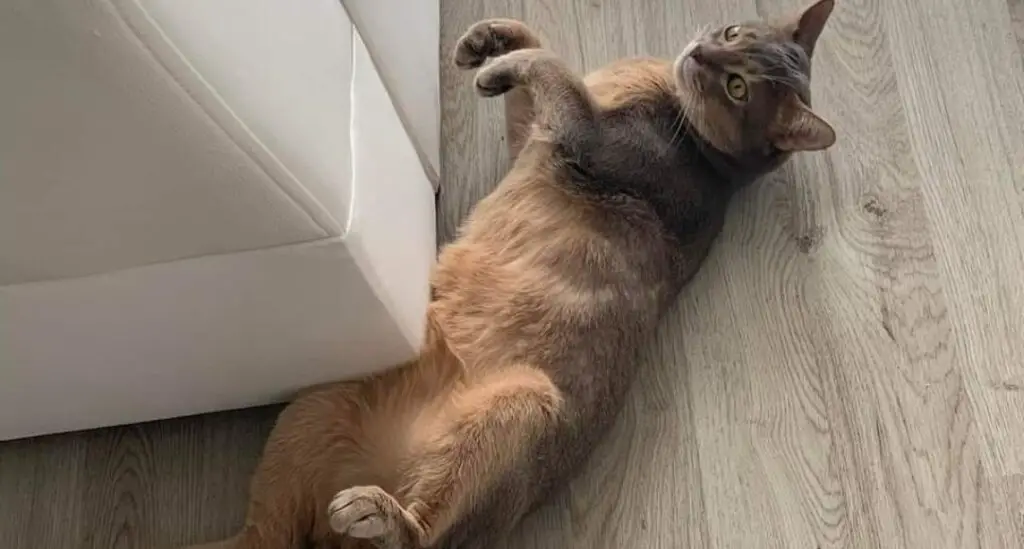
Rolling or Kneading: Female cats that roll or knead after mating do so as a show of comfort, satisfaction, and relaxation.
During her kittenhood, rolling on her back and kneading with her paws were considered natural habits linked to comfort and nursing.
Following mating, the female cat may be looking for both mental and physical comfort by exhibiting these behaviors.
During this delicate time, you may make her feel safe and comfortable by supporting her behavior with toys or soft bedding.
Increased Affection: Most female cats may want more love and care from their owners following mating.
This conduct may be the result of a need for safety and comfort in the midst of a potentially stressful situation.
Cats and humans are known to create close relationships, and upon mating, cats may turn to their owners for comfort and support.
This increased affection is indicated by increased rubbing on you, more purring, and wanting to be near you.
Hiding Behavior: Some female cats may hide after mating in order to adjust to the physical changes that occur in their bodies.
This may be an outward manifestation of discomfort, tension, or just a need for privacy.
When cats are feeling weak or stressed, they have an innate tendency to seek out calm, secure environments.
After mating, if your female cat begins to hide more than normal, you should respect her desire for seclusion and make sure she has access to food, water, and a cozy space.
How to Know a Female Cat Mating Was Successful
There are a few important indicators to watch out for when figuring out whether a female cat’s mating was successful.
First of all, after a successful mating, the female cat will frequently go into heat and show signs of being receptive to the male.
Second, physical indicators of a successful mating can include the female’s neck bearing mating scars or the presence of a copulatory plug.
Furthermore, successful mating is highly likely if the female becomes pregnant and starts exhibiting symptoms like weight growth and changes in appetite.
Lastly, definitive proof of successful mating can be obtained by seeing a veterinarian for hormone-level testing or ultrasound consultation.
Why You Should Monitor a Female Cat’s Behavior After Mating
It’s important to watch how a female cat behaves after mating for a few reasons. It first aids in determining whether pregnancy has occurred.
A successful mating can be determined by looking for indicators such as decreased appetite, increased affection, and development of the nipples.
Second, keeping an eye on conduct enables early identification of any possible problems or health problems.
A female cat should be sent to the vet right once if she exhibits symptoms of distress, profuse bleeding, or strange behavior.
Finally, monitoring behavior after mating aids in getting ready for the arrival of kittens.
Appropriate nesting settings and essential care can be made when one is aware of the anticipated timeframe and behavioral changes in the cat.
Managing Female Cat Behavior After Mating
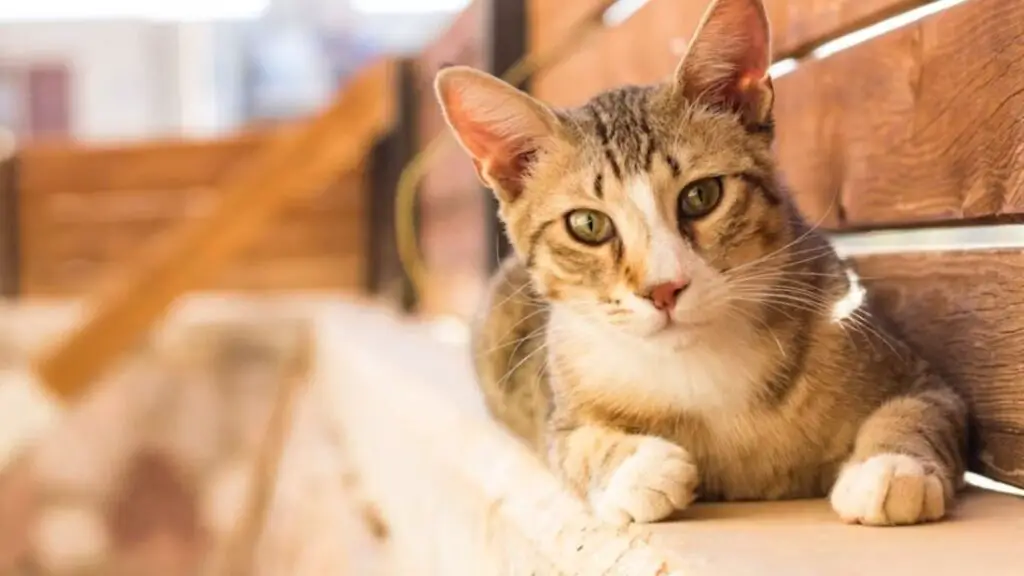
It’s crucial to understand and manage the behavior of female cats after mating.
First and foremost, since she can be weary or nervous, it’s imperative to provide her with a secure and cozy place to relax.
Second, keeping an eye on her food intake and making sure she eats a balanced diet can help her recuperate and stay healthy in general.
She must also remain indoors to avoid unintended pregnancies and possible disputes with other cats.
Ultimately, spending lots of time with her and providing her with tender playing can assist in deepening your relationship with your pet.
Related: Why your cat is biting things suddenly.
Conclusion
In summary, decoding the nuances of female cat behavior after mating offers a glimpse into the intricate world of feline communication. By recognizing and responding to these post-mating behaviors, you can strengthen the bond with your cat and ensure her well-being. Stay attuned to her signals and embrace the unique journey of understanding your feline companion.
Frequently Asked Questions
What changes can I expect to see in my female cat’s behavior after mating?
After mating, your female cat may display certain behaviors such as restlessness, increased vocalization, and a desire to escape and find a suitable nesting place for her future kittens.
Is it normal for my female cat to become more affectionate after mating?
Yes, it is not uncommon for female cats to exhibit increased affection towards their owners after mating. This behavior can be attributed to hormonal changes and a sense of security.
Why is my female cat grooming excessively after mating?
Excessive grooming in female cats after mating is a natural behavior. It helps them clean themselves and maintain their hygiene, as well as remove any scent traces that could attract other males.
Can female cats become aggressive towards other cats after mating?
It is possible for female cats to display aggression towards other cats, especially if they perceive them as a threat to their territory or potential offspring. It is important to monitor their behavior and provide a safe environment during this time.

